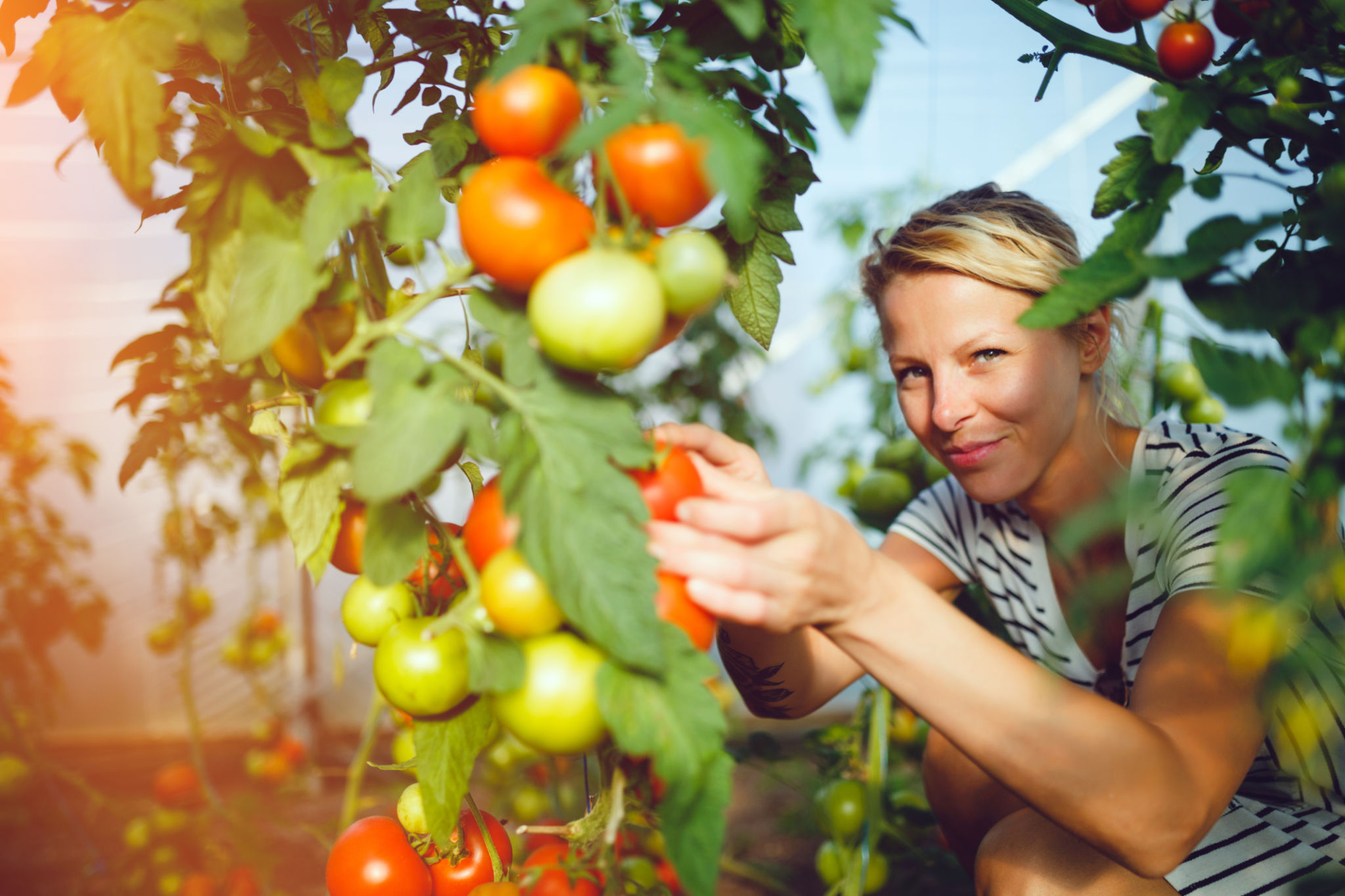How to Create a Sustainable Garden in Dayton, VA
Understanding the Basics of Sustainable Gardening
Creating a sustainable garden is an excellent way to contribute to environmental conservation while enjoying the beauty of nature right in your backyard. In Dayton, VA, where the climate and soil conditions offer unique opportunities and challenges, it’s important to understand the basics of sustainable gardening. This approach minimizes the use of non-renewable resources and reduces environmental impact, allowing you to grow a garden that thrives naturally.
Sustainable gardening involves practices that promote the health of the ecosystem. This includes using organic materials, conserving water, and selecting native plants that are well-suited to the local environment. By focusing on these principles, you can create a vibrant garden that supports local wildlife and thrives with minimal intervention.

Choose Native Plants
One of the first steps in creating a sustainable garden in Dayton is selecting plants that are native to the region. Native plants are adapted to the local climate and soil conditions, which means they require less water, fertilizer, and pest control. This not only saves resources but also creates a habitat for local wildlife, including pollinators like bees and butterflies.
When choosing native plants, consider factors such as sunlight requirements, soil type, and moisture levels in your garden area. Some popular native plants in Virginia include the Eastern Redbud, Black-eyed Susan, and Virginia Bluebells. These species will thrive with minimal maintenance and add beauty to your garden throughout the seasons.
Implement Water-Efficient Practices
Incorporating water-efficient practices is crucial for sustainable gardening. Start by collecting rainwater with a rain barrel to reduce reliance on municipal water supplies. Rainwater is naturally soft and free of chemicals, making it ideal for watering your plants.
Additionally, consider installing a drip irrigation system to deliver water directly to the root zones of your plants. This method reduces water waste and ensures that your plants receive the moisture they need without overwatering. Mulching your garden beds is another effective technique to retain soil moisture and suppress weeds.

Create a Composting System
Composting is an essential component of sustainable gardening. By recycling kitchen scraps and yard waste into nutrient-rich compost, you can enrich your soil naturally without relying on synthetic fertilizers. Composting helps improve soil structure, increases biodiversity, and enhances plant growth.
To start composting, designate a space in your garden for a compost bin or pile. Add layers of green materials like vegetable scraps and grass clippings, along with brown materials such as dried leaves and twigs. Turn the pile regularly to aerate it and speed up decomposition.
Encourage Biodiversity
A sustainable garden should support a diverse range of plant and animal life. Encourage biodiversity by incorporating a variety of plant species that provide food and shelter for different types of wildlife. Consider adding bird feeders, nesting boxes, or a small water feature to attract birds and beneficial insects.

Additionally, avoid using chemical pesticides that can harm beneficial organisms. Instead, opt for natural pest control methods like introducing ladybugs or planting companion plants that deter pests naturally.
Embrace Sustainable Maintenance Practices
Finally, sustainable gardening involves adopting eco-friendly maintenance practices. Regularly weeding your garden by hand reduces the need for herbicides, while pruning helps maintain plant health and encourages growth. Choose manual tools over gas-powered ones to reduce carbon emissions.
By following these sustainable gardening practices, you can create an eco-friendly oasis in Dayton, VA that benefits both you and the environment. Not only will you enjoy the beauty of a thriving garden, but you'll also contribute to the preservation of local ecosystems for future generations.
